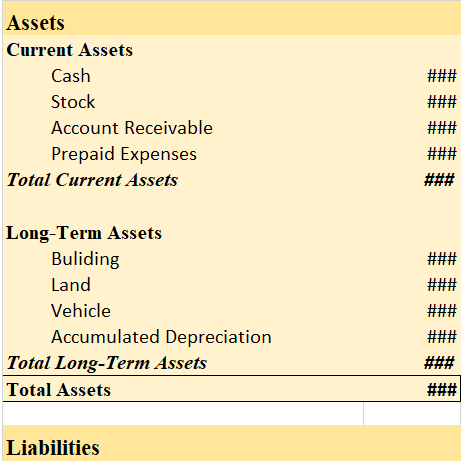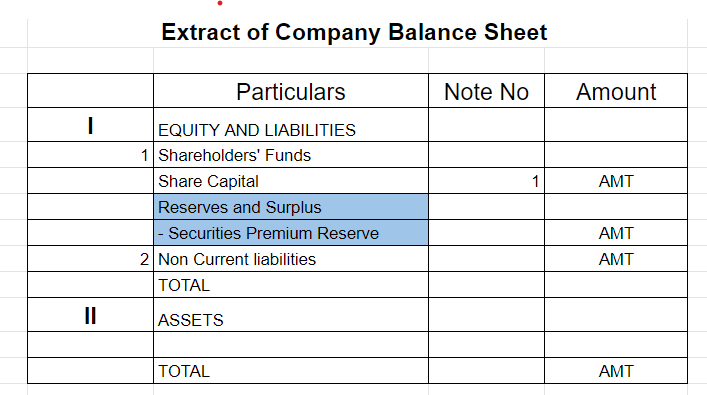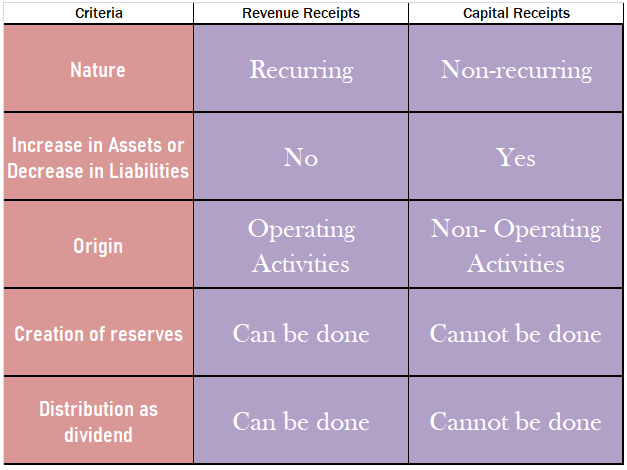In a partnership firm, the partners may withdraw certain amounts from the firm for their personal use. Such amounts withdrawn by the partners are called drawings. This amount is usually deducted from their capital. The partners are required to pay an amount as interest, based on the time period forRead more
In a partnership firm, the partners may withdraw certain amounts from the firm for their personal use. Such amounts withdrawn by the partners are called drawings. This amount is usually deducted from their capital. The partners are required to pay an amount as interest, based on the time period for which the money was withdrawn. This amount is called Interest on Drawings.
The journal entry for interest on drawings is as follows:

Since interest on drawings is an income to the firm, it is credited based on the rule that “increase in incomes are credited”. Since the partner has to bear the interest amount, his capital account is debited as a “ decrease in capital is debited”.
FORMULAS
The basic formula for interest on drawings is:
Interest on drawings = Amount of Drawings x Rate/100 x No. of months/12
- When equal amounts of drawings are withdrawn at the beginning of every month, then
Interest on Drawings = Total Drawings x Rate/100 x (12+1)/2 - When equal amounts of drawings are withdrawn at the end of every month, then the Interest on Drawings = Total Drawings x Rate/100 x (12-1)/2
- When the date of the drawing is not specified, it is assumed to be withdrawn evenly. Hence Interest on Drawings = Total Drawings x Rate/100 x 6/12
The calculations in 1,2 and 3 are done so that drawings can be calculated for the average period.
EXAMPLE
Jack is a partner who withdrew $20,000 on 1st April 2020. Interest on drawings is charged at 10% per annum. If we have to calculate interest on drawings as of 31st December, then
Interest on Drawings = 20,000 x 10/100 x 9/12 = $1,500
(Here, interest on drawings is outstanding for 9 months, that is from April to December)








Return inwards are the goods returned by the customer to the seller. The goods are returned for reasons like defects, excess delivery, and low quality. Return inwards are also known as Sales Returns. Sales returns are a contra account to sales revenue. The amount of sales returns is deducted from thRead more
Return inwards are the goods returned by the customer to the seller. The goods are returned for reasons like defects, excess delivery, and low quality. Return inwards are also known as Sales Returns.
Sales returns are a contra account to sales revenue. The amount of sales returns is deducted from the total sales in the Trading section of the Trading and Profit & Loss Account.
In subsidiary books, return inwards are recorded only for those goods which are sold on credit to the customer.
For example, On 1 August E Electronics sold 50 units of television to Hill Hotels on credit for Rs.25,000 each. Out of which 5 units were found to be defective and were returned back to E Electronics. In that accounting period, E Electronics made a total sales of Rs.20,00,000 (including the item sold to Hill Hotels).
E Electronics in its Trading section of Trading and P&L A/c will account for a sales return of Rs.1,25,000 (Rs.25,000*5) and this amount will be deducted from the total sales. The same will be recorded in the subsidiary books as it accounts for sales made on credit.
Extract of Profit & Loss Account:
For a business, sales returns will either have a decrease in the sales revenue or it will increase the sales returns and allowances which is a contra account to sales revenue. An increase in sales returns will decrease gross profit.
See less